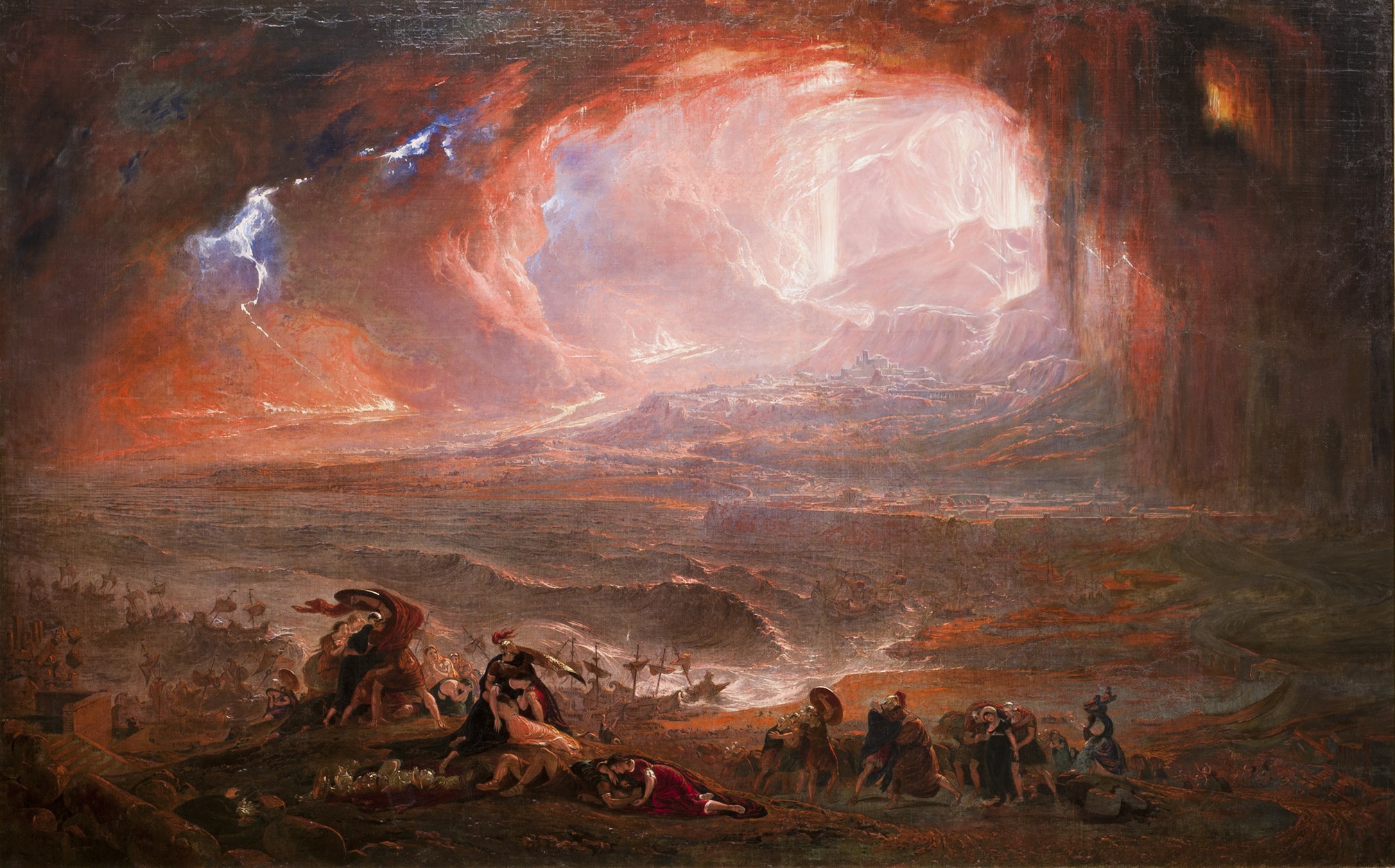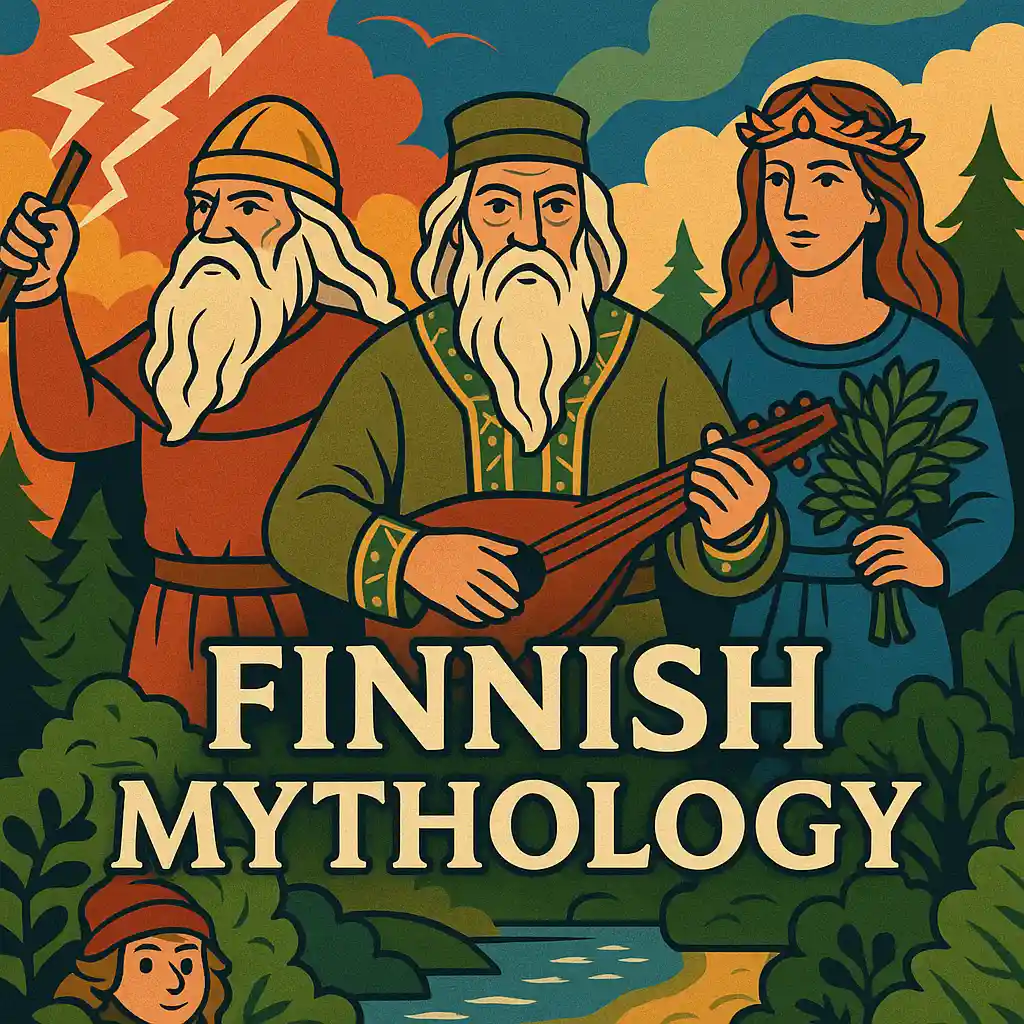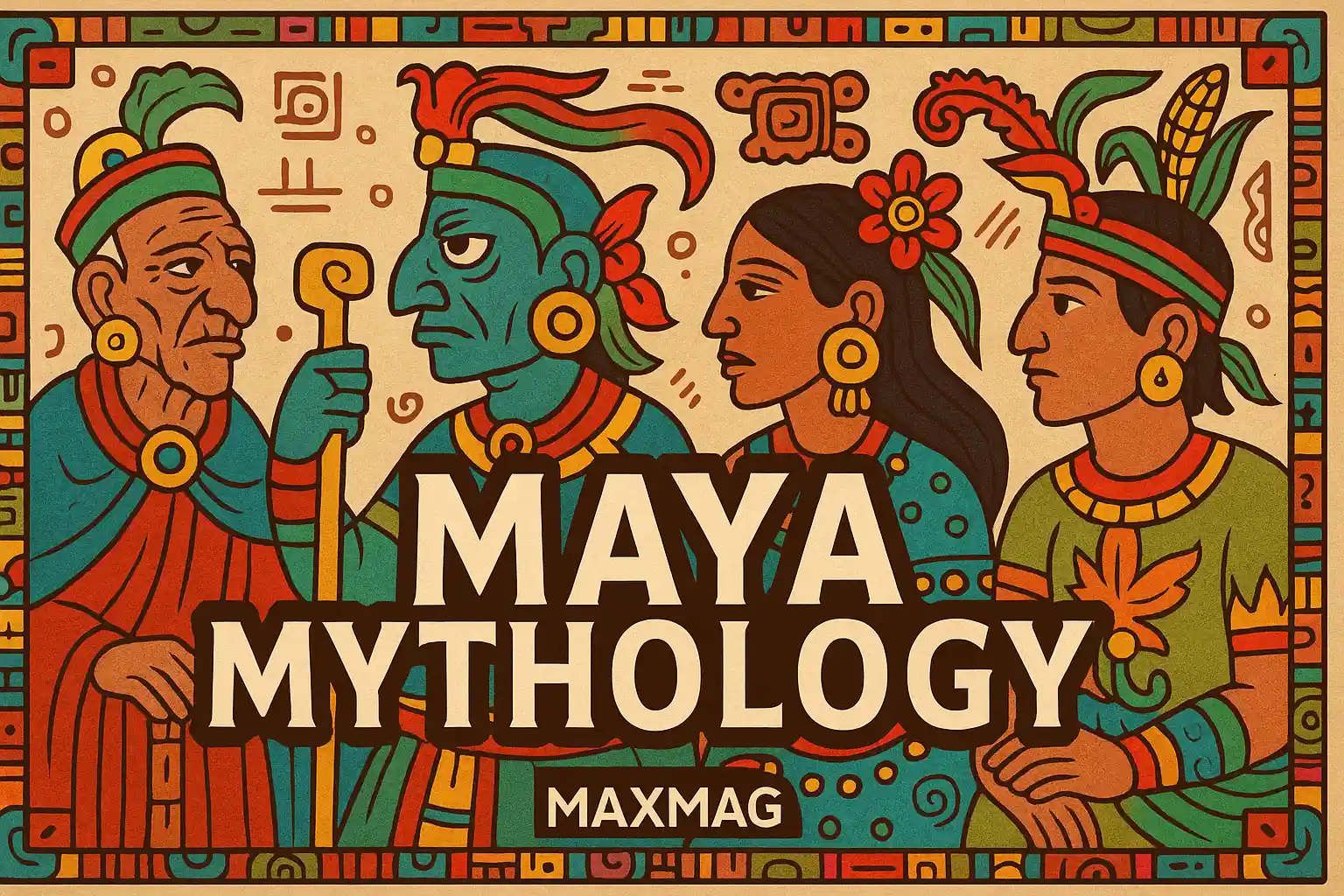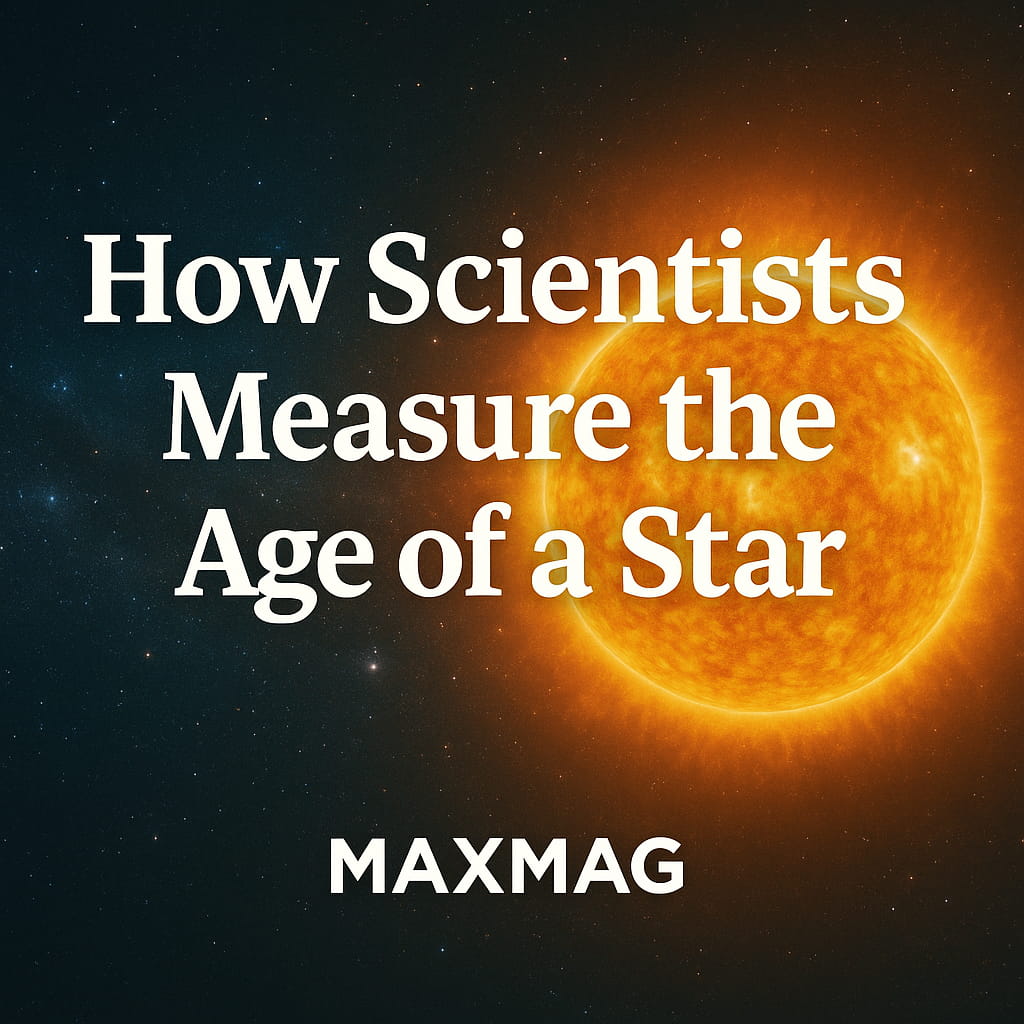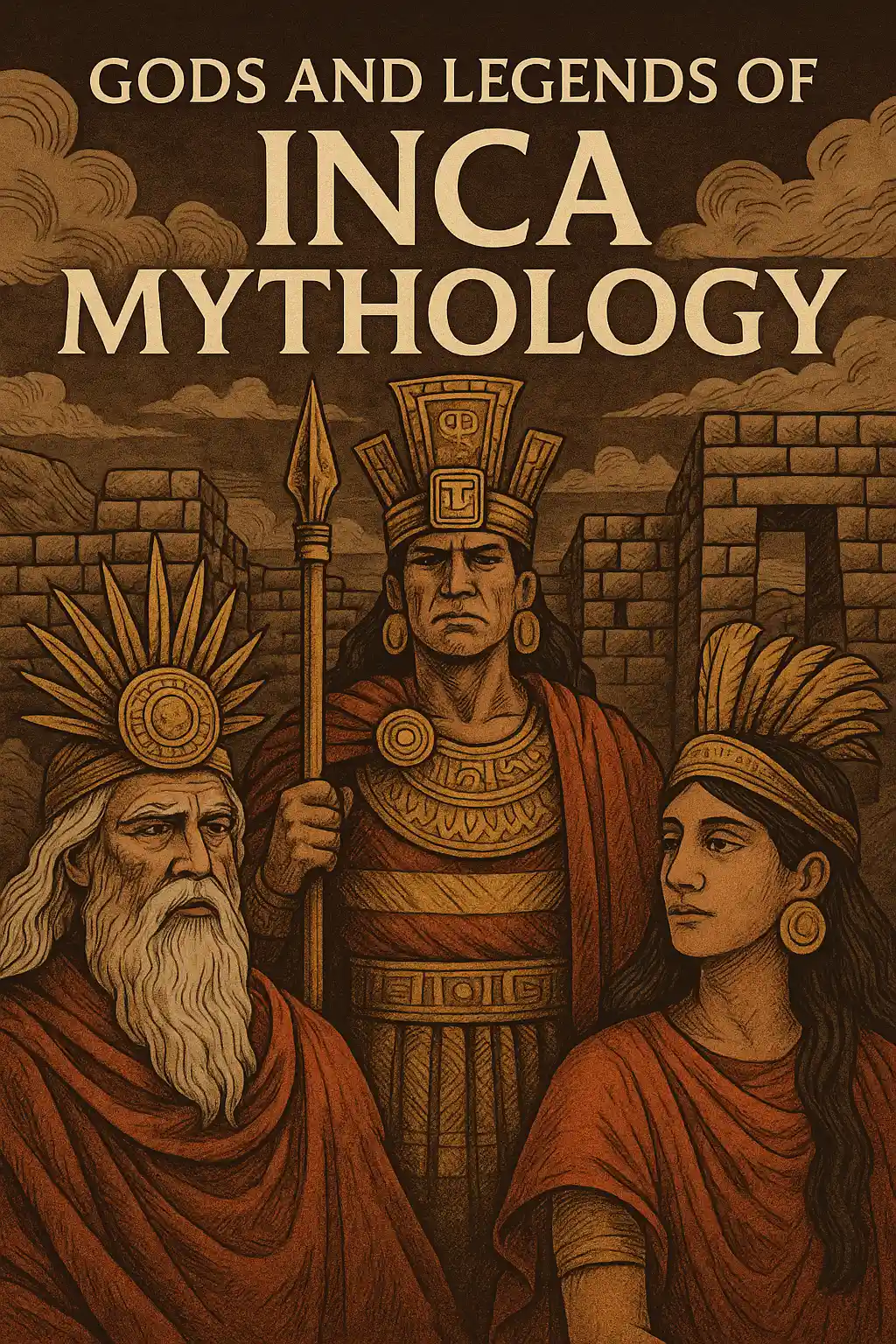
In the windswept heights of the Andes Mountains, amid terraced valleys and ancient stone cities, the Inca civilization cultivated one of the most profound and spiritually rich mythologies in human history. These myths weren’t just stories—they were the blueprints for the cosmos, the map of moral order, and the script for every ritual action from farming to warfare. At the very heart of this spiritual world lies a tapestry of beliefs known as the Inca creation myths.
These myths sought to answer eternal questions: Who made the world? Why do we suffer? Where do we come from? And what role do the mountains, rivers, stars, and sun play in our daily lives? Through layered oral traditions and sacred art, the Incas built a cosmological framework that survives today in the beliefs of Quechua-speaking peoples and Andean descendants across South America.
This article explores the gods, cosmology, sacred geography, symbolic animals, and rituals of the Inca, all through the lens of Inca creation myths. Along the way, we’ll also trace how these myths shaped the imperial structure of the Inca state and live on in modern Andean cultures.
Origins of Inca Creation Myths
The cornerstone of all Inca creation myths is Viracocha, the great creator deity. According to legend, he emerged from the still waters of Lake Titicaca in a time when the world was shrouded in darkness. With supernatural power, he fashioned the sky, sun, moon, stars, and the physical earth. His first creation—giants made of stone—rebelled, so Viracocha destroyed them in a flood and started anew, sculpting smaller, more obedient humans from stones.
What’s profound about this myth is its sense of cosmic cycles: destruction followed by rebirth. Just as rain renews the soil and seasons rotate endlessly in the Andes, creation itself is a recurring act of divine will. Viracocha didn’t just build the world once and step away. He walked among humans, teaching ethics, agriculture, and architecture. He eventually disappeared westward across the Pacific Ocean, promising one day to return.
The myth places divine wisdom at the root of all civilization. The Incas believed laws, morals, crafts, and community itself originated with Viracocha. His footsteps marked holy sites throughout the empire. Shrines were erected on mountain peaks and sacred paths where his presence was believed to linger. To this day, many Andean communities tell tales of a bearded, light-skinned traveler—a possible echo of Viracocha—who taught their ancestors.
The themes of water, rebirth, and cosmic order deeply influence Andean agricultural practices. Before planting maize or potatoes, Quechua-speaking farmers still offer coca leaves and cornmeal to water springs and lakes, symbolic descendants of the creative waters of Titicaca. Even today, researchers from institutions like the University of Colorado Boulder highlight the ecological wisdom encoded in these rituals, connecting mythology and environmental sustainability.
Principal Narratives in Inca Creation Myths
One of the most enduring stories in the Andean imagination involves Manco Cápac and Mama Ocllo—siblings and spouses, sent by Inti, the Sun God, to civilize the people. Emerging either from Lake Titicaca or from the sacred cave of Pacaritambo (depending on the region), they carried a golden staff. This staff would sink easily into the ground at the spot where Cusco—the future capital—was destined to rise.
As they journeyed through the Andean highlands, Manco Cápac taught men to cultivate the land, while Mama Ocllo taught women the arts of weaving and homekeeping. Their partnership reinforced the Andean concept of duality—male and female, sun and moon, dry and wet—each necessary for balance and creation.
This myth wasn’t just a bedtime story—it was the origin narrative of the Inca royal dynasty. Every emperor, or Sapa Inca, claimed direct descent from Inti through Manco Cápac. By aligning themselves with celestial ancestors, Inca rulers asserted divine right to govern a vast empire.
Regional variations of the myth adapted it to different landscapes. In Arequipa, locals emphasized Pacaritambo; in Puno, Lake Titicaca was sacred. These local adaptations illustrate how myths were not static—they evolved to suit community identity, always rooted in the greater Inca cosmological frame.
Many of these myths were performed during annual rituals or encoded in textiles, pottery, and architecture. The placement of temples, the orientation of cities like Cusco, and even the ritual calendar itself mirrored mythic journeys and events. The American Museum of Natural History has studied these alignments, finding that Inca engineers deliberately positioned temples and shrines in relation to solar events and star paths, reinforcing creation myths in the built environment.
Major Deities and Their Roles
The pantheon of the Inca was expansive, layered, and highly symbolic. While Viracocha stands as the primary creator, other deities played key roles in maintaining cosmic and earthly order.
-
Viracocha: Supreme god and creator of all. He is associated with the ocean, sky, and the force of civilization.
-
Inti: The Sun god and father of Manco Cápac. Central to daily life and state ideology.
-
Mama Killa: The Moon goddess and Inti’s wife. She regulated the calendar, guided women’s rites, and governed eclipses.
-
Pachamama: Earth Mother and one of the most widely revered deities, even today.
-
Illapa: God of thunder, lightning, and war. His storms brought vital rains and divine warning.
-
Amaru: A powerful serpent deity symbolizing transformation and the Milky Way.
These gods weren’t isolated figures—they worked together in cycles. The sun fertilized the earth, the moon regulated seasons, and rain connected sky to ground. Duality and reciprocity defined the Andean spiritual world, where gods represented elements always in dialogue. This integrated pantheon was core to the enduring power of Inca creation myths.
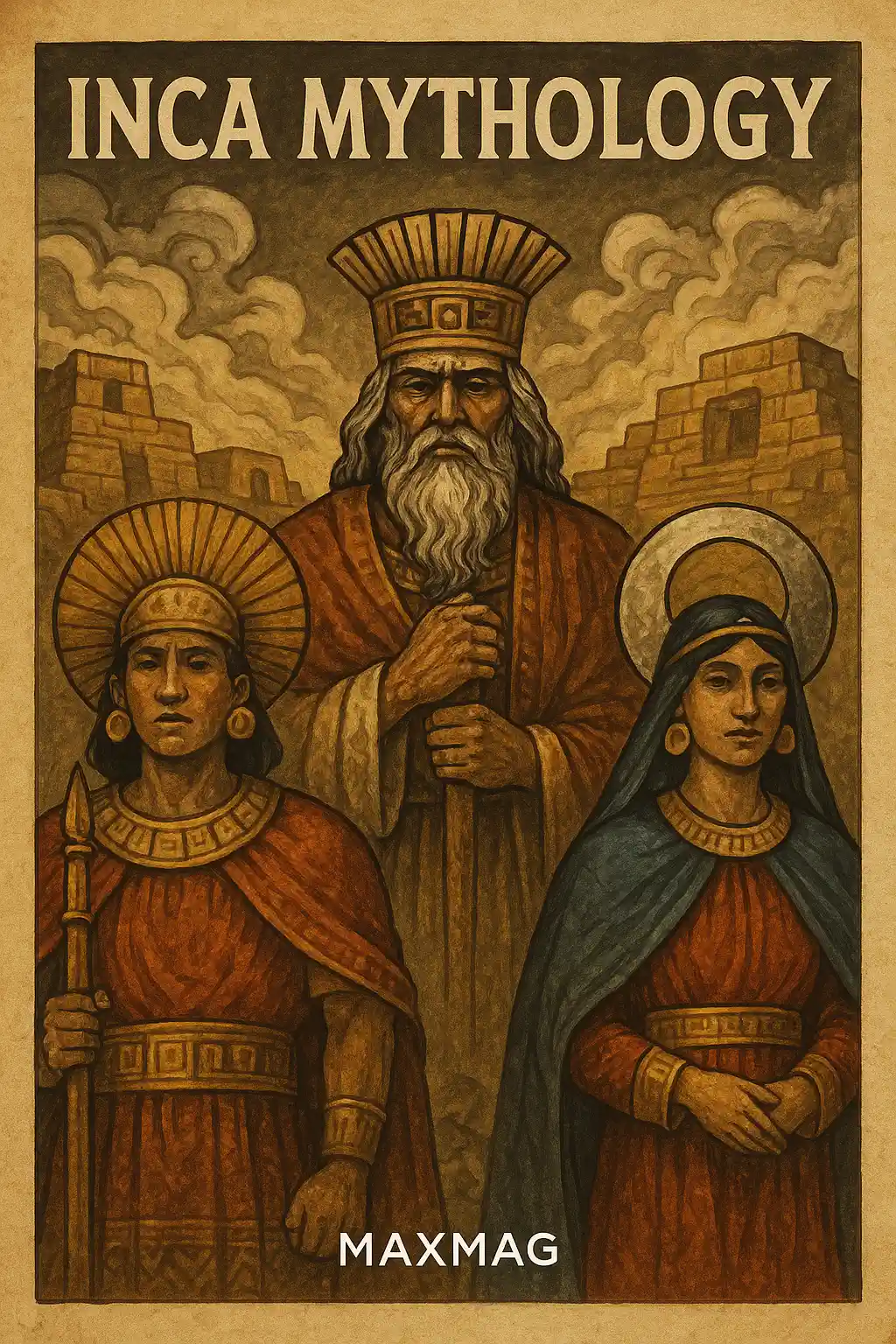
Symbolism of the Cosmos and Landscape
The Inca cosmos was divided into three realms:
-
Hanan Pacha – the upper world of gods and stars
-
Kay Pacha – the human world
-
Ukhu Pacha – the inner world of ancestors, seeds, and mystery
These realms overlapped rather than separated. A river could belong to all three worlds at once, flowing from the heavens, through the villages, and down into the underworld.
The Chakana, or Andean Cross, represented this three-part universe. Each step in the cross marked a level of reality, while the hole at the center symbolized Cusco—the naval of the world. It also echoed the Milky Way, which the Incas saw as a great cosmic river filled with sacred animals like llamas and serpents.
Natural features were also deified: mountains became apus, rivers were sacred beings, and caves were portals. The Inca capital was carefully aligned with astronomical cycles and sacred geography.
Rituals, Festivals & Myth Performance
Ritual was the primary way the Inca kept the balance between realms.
-
Inti Raymi: Held at the winter solstice, this festival honored Inti with fire rituals, sacrifices, and state processions.
-
Capacocha: High-altitude sacrifices of children or llamas to gods, meant to ensure fertility and cosmic balance.
-
Pachamama Raymi: Celebrated before planting season with food, chicha, and coca offerings.
-
Qhapaq Raymi: Initiation of young nobles and celebration of the Inca’s lineage.
These were not just religious ceremonies—they were reenactments of myth. Every story within the Inca creation myths was performed, embodied, and re-affirmed annually.
Legacy and Modern Echoes
Despite colonial efforts to erase native beliefs, the myths survived. Today, rituals honoring Pachamama remain common in Peru, Bolivia, and Ecuador. Offerings to lakes, coca ceremonies, and solstice celebrations continue among Indigenous communities.
Institutions like the Smithsonian National Museum of the American Indian document how Inca creation myths live on in textiles, oral histories, and political resistance. For many Andeans, these myths are not fiction—they are identity, history, and guidance.
Modern literature, theater, and environmental movements in South America frequently draw on Inca symbolism to advocate for sustainability, land rights, and Indigenous pride.
Additional Cultural Figures in Creation Stories
In addition to the central gods, many regional deities populated Inca lore:
-
Paryaqaqa – storm god
-
Kon – wind and drought deity
-
Supay – lord of the Ukhu Pacha, misunderstood during colonization
These figures enhanced local versions of Inca creation myths, allowing communities to integrate their unique landscapes and struggles into the larger imperial cosmology.
Person: Viracocha
Person: Inti
Person: Mama Killa
Person: Pachamama
Person: Manco Cápac
Person: Mama Ocllo
Place: Lake Titicaca
Place: Cusco
Place: Andes Mountains
Place: Arequipa
Place: Pacaritambo
Organization: Smithsonian Institution
Organization: National Museum of the American Indian
Organization: University of Colorado Boulder
Organization: American Museum of Natural History
Organization: Maxmag.org
[/schema_mentions]

